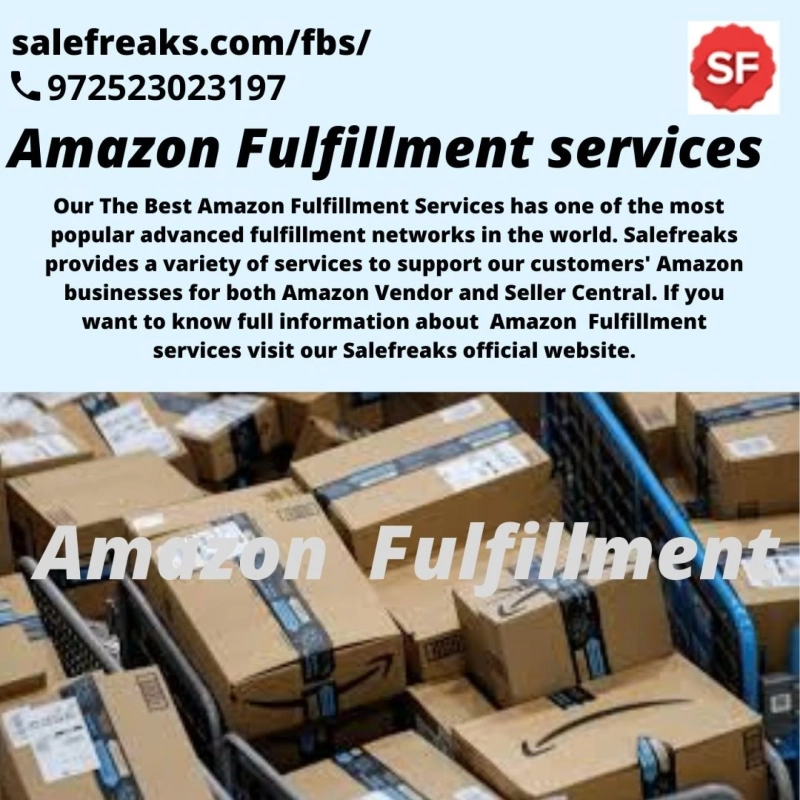[caption class="snax-figure" align="aligncenter" width="1140"][/caption]A fulfillment service is a third-party warehouse that handles the preparation and shipping of your purchases. It is done through its fulfillment center. Ecommerce fulfillment services are perfect for companies who don't want to deal with shipping or have outgrown their current warehousing capacity to the point where they can no longer send orders themselves.
Though each fulfillment center is unique, yet they all have the same purpose to act as a command center for all of your order preparation and shipping needs. Fulfillment centers also serve as warehouses for storing goods, allowing you to have items on hand.
Some eCommerce fulfillment services companies have many fulfillment centers, which allow them to serve diverse geographic locations faster than if they only had one. It enables eCommerce businesses to provide rapid and economical shipping to a wide range of customers.
Let us talk about which eCommerce fulfillment model to use!
Check out the three most frequent order fulfillment options to see which one is best for you.
1. Order fulfillment in-house: Self-fulfillment, also known as in-house order fulfillment, occurs when a merchant completes each step of the fulfillment process without using a drop shipper or third-party logistics provider. At this level, in-house fulfillment generally consumes a significant amount of time that is better spent at gaining new customers, developing new goods, or launching marketing initiatives.
2. Fulfillment by a third party: When a merchant spends too much time packaging boxes and shipping orders, runs out of room to store their goods, wants more time for strategic projects, and has no interest in managing their distribution infrastructure, they may outsource e-commerce fulfillment to a third-party.
The 3PL’s staff will complete all tasks of the order fulfillment process within their fulfillment center: Receiving, Picking, Packing, Labeling, Returns Processing, Quality control, and Other specialized projects.
3. Dropshipping: When a merchant uses drop shipping, the products they offer in their online store are made, stored, and transported by the manufacturer, not by the merchant. When a consumer puts an order on the merchant's website, the order is forwarded to the manufacturer either manually or automatically.
How to avail Amazon Fulfillment Services?
Utilizing Amazon Fulfillment Services is easy. Fulfillment by Amazon can help you scale your business by removing your fulfillment difficulties.
Step 1: Set up FBA
To set up FBA, create an Amazon selling account and log in to Seller Central.
Step 2: Create your product listings
Specify FBA inventory after you've added your products to Amazon's catalog.
Step 3: Prepare your products
Prepare your products for safe and secure delivery to a fulfillment center by following Amazon's packing recommendations as well as shipping and routing criteria.
Step 4: Ship your products to Amazon
Create a delivery strategy, print Amazon shipment ID labels, and ship to Amazon fulfillment locations. Find out how to send inventory to Amazon.
Customers can purchase your products once Amazon gets them at the fulfillment center. To understand how to manage FBA orders, go to Seller Central Help.
To end with, companies that do not want to deal with shipping or have exceeded their current warehousing capacity to the point where they can no longer send orders themselves may benefit from eCommerce fulfillment services.


